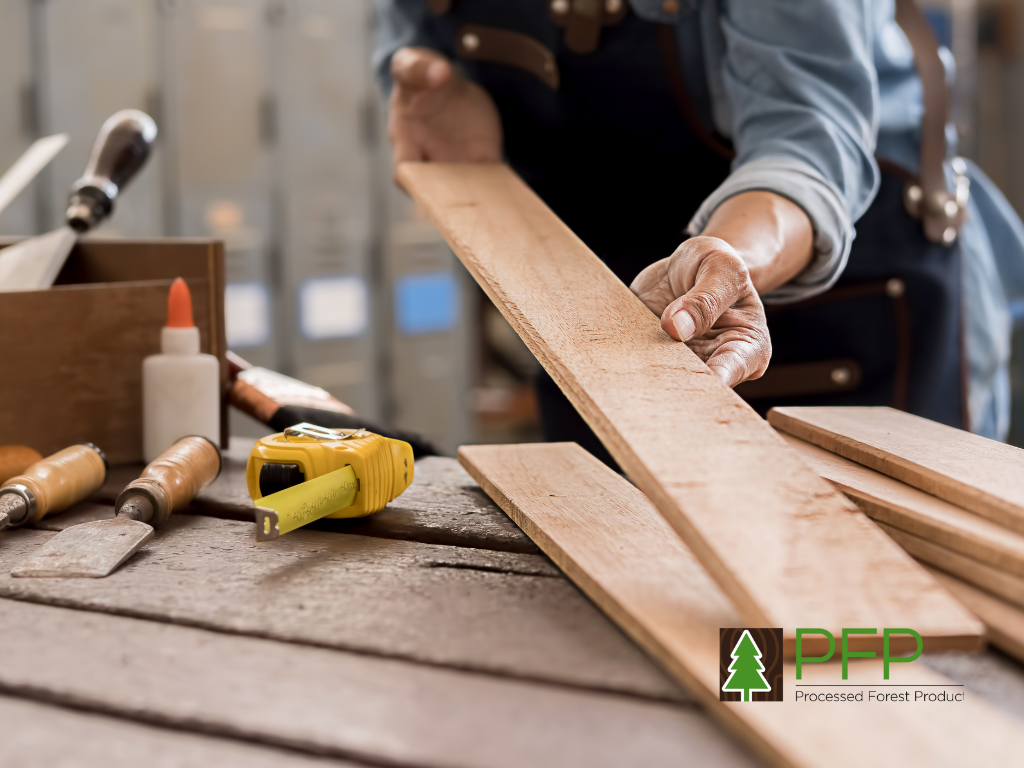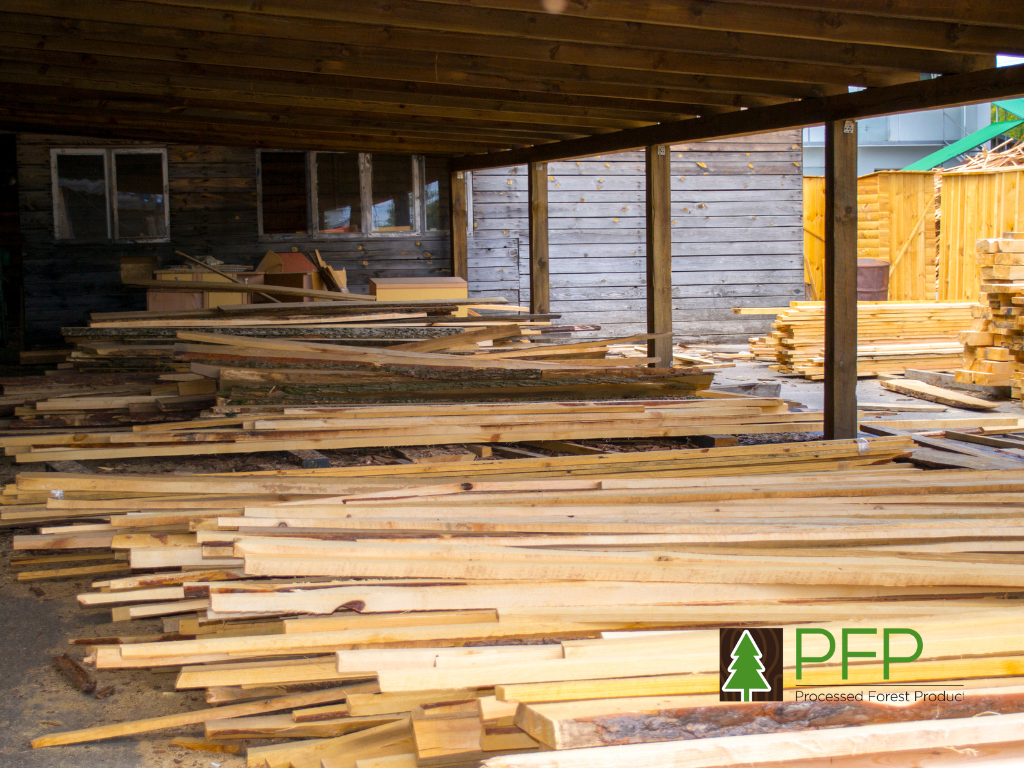Timber sheets are versatile materials widely used in various outdoor applications, ranging from decking and fencing to garden furniture and exterior cladding. These sheets offer aesthetic appeal, functionality, and durability, making them a popular choice for outdoor projects. With the right selection, timber sheets can enhance the beauty and utility of outdoor spaces.
Importance of Choosing the Right Timber Sheets for Durability
Choosing the right timber sheets for outdoor use is crucial for ensuring longevity and performance. Outdoor environments expose timber to elements like moisture, UV rays, and temperature fluctuations, which can degrade the material over time. Selecting timber sheets designed to withstand these conditions helps maintain structural integrity and appearance, reducing the need for frequent replacements or repairs.
Suitable Types of Timber Sheets for Outdoor Use

Characteristics of Durable Timber Sheets
Durable timber sheets for outdoor use should possess certain characteristics:
- Weather Resistance: Ability to resist moisture, UV radiation, and temperature changes.
- Durability: High resistance to decay, rot, and insect damage.
- Stability: Minimal expansion and contraction with changing weather conditions.
- Strength: Adequate structural strength to support outdoor applications.
Comparison of Timber Sheets for Outdoor Projects
Several types of timber sheets are suitable for outdoor use, each with unique properties:
- Plywood: Treated plywood offers good strength and stability, suitable for structural applications.
- Marine Plywood: Specifically designed for high moisture resistance, ideal for boat building and other water-exposed projects.
- Timberwood Panels: Engineered to offer enhanced durability and stability, suitable for various outdoor applications.
- Composite Sheets: Made from a mix of wood fibers and plastic, providing excellent resistance to weathering and decay.
Benefits of American Oak Veneer in Outdoor Settings
Properties of American Oak Veneer
American Oak Veneer is prized for its rich grain patterns and warm color tones. It offers a combination of aesthetic appeal and durability, making it a preferred choice for high-end outdoor projects. The veneer is typically bonded to a strong substrate, providing both beauty and structural integrity.
Advantages of Using American Oak Veneer for Outdoor Applications
Using American Oak Veneer in outdoor settings provides several benefits:
- Aesthetic Appeal: Adds a touch of elegance and sophistication to outdoor furniture and structures.
- Durability: Resists warping and splitting, ensuring longevity in outdoor environments.
- Ease of Maintenance: Can be treated and sealed to enhance weather resistance and simplify maintenance.
- Versatility: Suitable for a variety of outdoor applications, including furniture, cladding, and decorative elements.
Utilizing Burl Veneer for Outdoor Projects

Unique Features of Burl Veneer
Burl Veneer is known for its distinctive patterns and unique grain formations, resulting from the growths on tree trunks or roots. This veneer offers an artistic and natural appearance, making it highly desirable for decorative purposes.
Benefits of Burl Veneer in Outdoor Environments
Burl Veneer brings several benefits to outdoor projects:
- Aesthetic Uniqueness: Each piece of burl veneer is one-of-a-kind, adding a unique character to outdoor furniture and decor.
- Natural Beauty: Enhances the visual appeal of outdoor spaces with its intricate grain patterns.
- Durability: When properly treated, burl veneer can withstand outdoor conditions, providing both beauty and resilience.
- Versatility: Can be used for various applications, including tabletops, paneling, and ornamental features, offering flexibility in design.
Protecting Timberwood Panels from the Elements
Importance of Weatherproofing Timberwood Panels
Weatherproofing timberwood panels is essential to protect them from the harsh outdoor elements. Exposure to moisture, UV radiation, and temperature fluctuations can cause timber to warp, crack, and decay. Weatherproofing not only preserves the structural integrity and appearance of timberwood panels but also extends their lifespan, reducing the need for frequent replacements and maintenance.
Methods for Enhancing Durability and Longevity
Several methods can be employed to enhance the durability and longevity of timberwood panels:
- Sealants and Finishes: Applying high-quality sealants or finishes creates a protective barrier against moisture and UV rays. These products penetrate the wood and form a durable layer on the surface.
- Stains: Using stains with UV inhibitors helps maintain the natural color of the wood while providing additional protection against sun damage.
- Regular Reapplication: Periodically reapplying sealants and finishes ensures continuous protection. The frequency depends on the product used and the level of exposure to the elements.
- Proper Installation: Ensuring correct installation techniques, such as proper spacing and ventilation, helps prevent moisture buildup and promotes drying.
Outdoor Furniture and Decor with Timber Sheets

Designing Outdoor Furniture Using Timber Sheets
Timber sheets are ideal for creating durable and aesthetically pleasing outdoor furniture. They can be used to design a variety of pieces, including tables, chairs, benches, and planters. When designing outdoor furniture, consider:
- Material Selection: Choose timber sheets that are specifically treated for outdoor use, such as marine plywood or treated timberwood panels.
- Design Durability: Incorporate design elements that enhance stability and strength, ensuring the furniture can withstand outdoor conditions.
- Comfort and Functionality: Combine ergonomic design with practical features, such as storage compartments or weather-resistant cushions.
Enhancing Outdoor Spaces with Timber Sheet Decor
Timber sheets can also be used to create decorative elements that enhance outdoor spaces. Ideas include:
- Wall Cladding: Use timber sheets to create accent walls or cladding for outdoor structures, adding warmth and texture.
- Pergolas and Gazebos: Design and build pergolas or gazebos using timber sheets for a natural and inviting outdoor retreat.
- Planters and Garden Beds: Construct custom planters and garden beds with timber sheets to add greenery and life to outdoor areas.
Installation Tips for Outdoor Timber Sheets
Best Practices for Installing Timber Sheets Outdoors
Proper installation is key to ensuring the longevity and performance of timber sheets in outdoor applications. Best practices include:
- Acclimatization: Allow timber sheets to acclimate to the outdoor environment before installation to reduce the risk of warping and swelling.
- Proper Fastening: Use stainless steel or galvanized fasteners to prevent rust and corrosion. Ensure fasteners are appropriately spaced to allow for natural expansion and contraction.
- Seal Edges and Ends: Apply sealant to the edges and ends of timber sheets to prevent moisture penetration and reduce the risk of splitting.
- Ventilation: Ensure proper ventilation behind timber cladding or panels to promote air circulation and prevent moisture buildup.
Tools and Techniques for a Secure Installation
Using the right tools and techniques ensures a secure and professional installation:
- Cutting Tools: Use high-quality saws and blades designed for clean cuts on timber sheets.
- Measuring and Leveling: Accurate measurements and leveling tools are essential for precise installation and alignment.
- Adhesives and Sealants: Choose outdoor-rated adhesives and sealants to enhance the bond and provide additional protection against the elements.
Maintenance and Care for Outdoor Timber Sheets

Regular Maintenance Practices for Longevity
Regular maintenance is crucial to preserving the appearance and functionality of outdoor timber sheets:
- Cleaning: Periodically clean timber surfaces with mild soap and water to remove dirt, grime, and mold. Avoid using harsh chemicals that can damage the wood.
- Inspecting: Regularly inspect timber sheets for signs of damage, such as cracks, splits, or warping. Address any issues promptly to prevent further deterioration.
- Reapplying Sealants: Reapply sealants or finishes as needed, typically every 1-3 years, depending on the level of exposure and the product used.
Tips for Preventing Damage from Weather and Pests
Protecting timber sheets from weather and pests involves several proactive measures:
- Use Protective Covers: When not in use, cover outdoor furniture with weather-resistant covers to shield them from rain and sun.
- Elevate Furniture: Keep furniture and decor elevated off the ground to prevent water damage and reduce the risk of pest infestation.
- Treat for Pests: Apply pest-resistant treatments to timber sheets, especially in areas prone to termite or insect activity.

